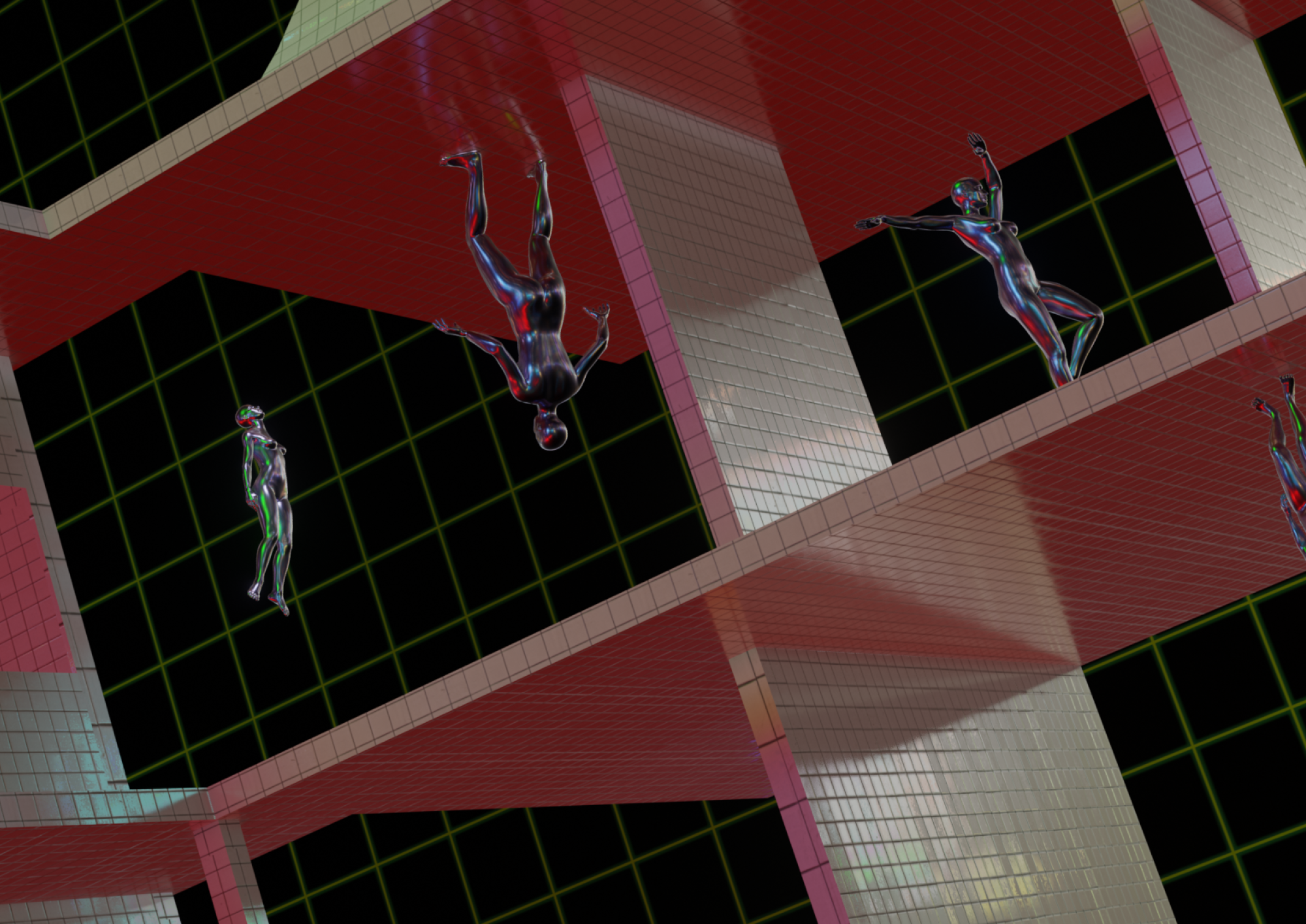(De)Construction
dramatic_hand_cover.png

We needed this dossier. It was a personal, collective, and professional need that guided us towards it. We needed to continue the narrative we had started at the beginning of 2021, this time through the delineations of our collective imaginary. The call to venture out into “building our queer worlds” was inevitable: over a year ago, we had already set on a path to restore, deconstruct, and document the successive and worsening disasters that took over Lebanon and the Global South in recent history.
After sharing thoughts, in a first dossier, on alternative proposals to resisting murderous patriarchal regimes, our second dossier intended to summon our many experiences and unanswered questions. It did so through poetry, photography, video, sound, colors, and lines that drew what we could imagine about crises across temporalities, so that a vision about the queer worlds we aspire to build can take shape. How do we rebuild/reconstruct our shared worlds? What do we do with this crippling isolation and forced escape? How do we imagine the act of survival through the lens of steadfastness and collective solidarity?
“With our voices overlapping, we complete each other’s sentences to create a conversation, a memorial, pieces of ourselves that speak to a ‘we’.” That is how the Circle’s Conspiracy of Writers, which emerged from one of last year’s participatory writing circles, frames our venture. With love as their conceptual pillar, the conspirators commenced their work with Wazina Zondon’s question: “If we can inherit trauma, can we inherit an imprint related to love?”
As we are faced with the endless legacy of death and displacement laid down by the capitalist imperialism’s nation-state, we hang on to the ambiguous queer imprint of home that tells a different story to Western knowledge about gay identity politics; the unruly love that prevails in our realities, in our art and cinema, in the banality of daily life; the yearning for a world liberated from the limitations of social constructs – a world that is both liberated and liberating; the endless abundance and intimacy that can be found in the weaving of queer bonds; the disruption of dominant ideologies in order to abolish dominant ideologies. All these questions bring us to consider “how queers shift and modulate realities, and what happens when imagination runs free.”
This is what the contributors of “Between Realism and Imagination: Building Queer Worlds” (2021-2022), each in their distinct creative style, gifted us with. We are grateful to them all for the images they shared, the links they created, and the impact they left on the making of this dossier. We are grateful to them for this collective love print we are in dire need of, so that we can continue to resist, fight, and persevere.
